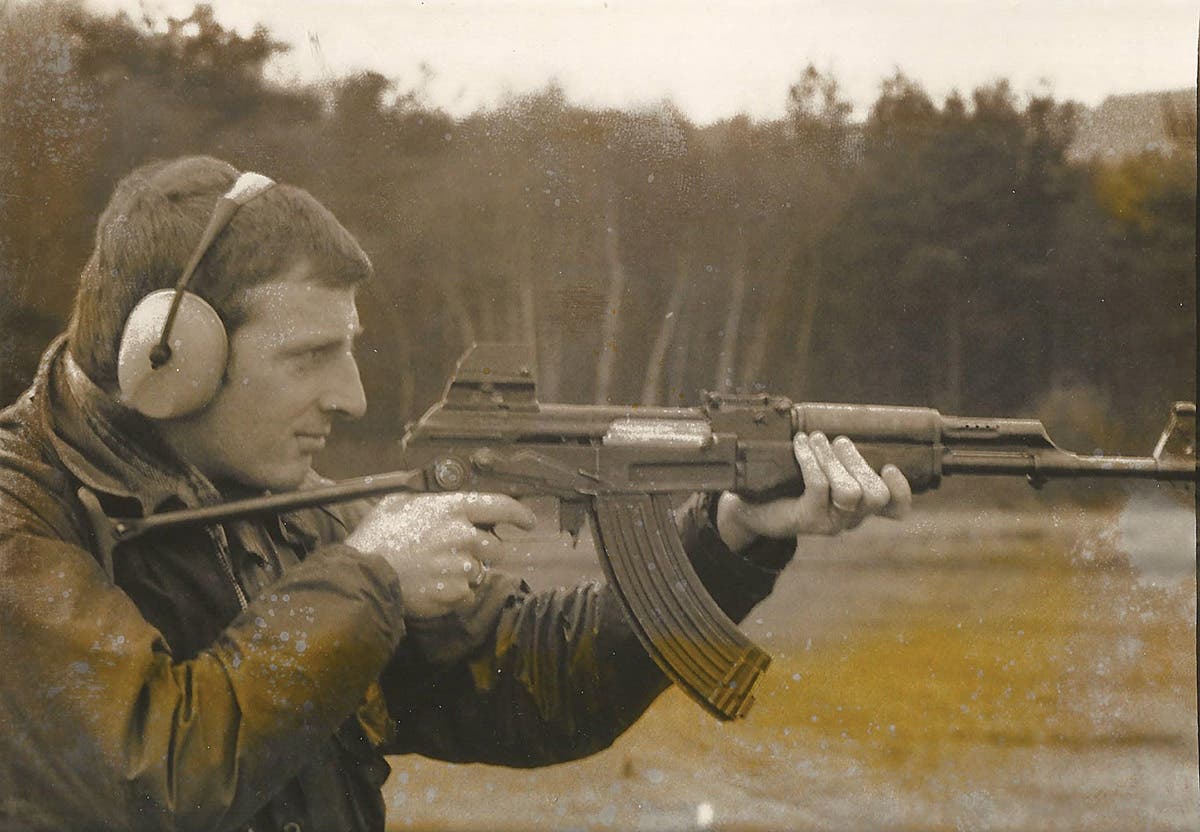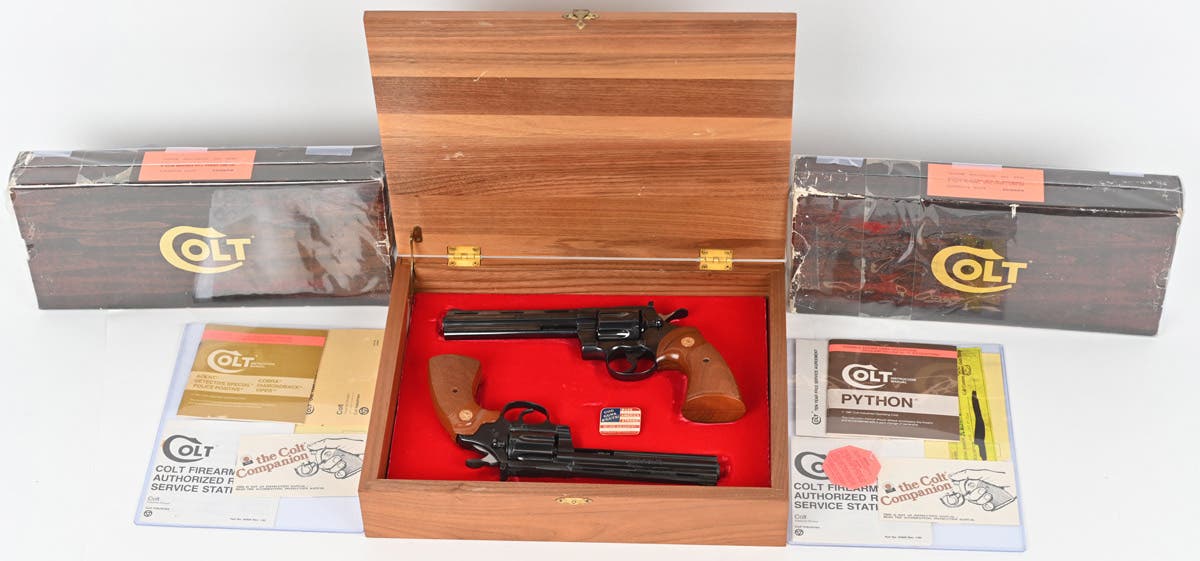‘Car boots’, tanks and unexpected finds
Car boots, trunk sales or yard sales, whatever you call them, they turn up some interesting items and learning opportunities.
Car boot fairs, or simply “car boots” as they are referred to in the U.K., have been around since the 1970s and have steadily grown in popularity. The idea is believed to have started in Canada, where they are called “trunk sales” and proved a popular way of disposing of unwanted items. Today, these events are held in towns and cities across Europe, including France where they are called “vide-grenier”, meaning to literally “empty the attic”. Even on islands such as the Isle of Wight, just a short boat trip from Portsmouth, car boot fairs are held most weekends. If you have visited one, you will know people don’t sell from the boot (trunks), they display their items of table tops, so buyers can better see.
The popularity of these events can be measured by the growth in numbers and the people attending them in the hope they may find a real treasure. This does happen, very rarely, but when it does it often makes the news. The most recent example being only a couple of months ago when someone bought a “gold-coloured brooch”’ for £1 GBP (approx. $1.30) The object did not have a hallmark, but the buyer took it to a jeweler to be valued and it turned out to be gold and worth hundreds of pounds.
Some militaria collectors or enthusiasts do not consider such sales worthwhile, but I have been going to car boot events for a number of years, perhaps every couple of months or so. I have not been lucky enough to find gold, but what I have purchased more than satisfies my interests. For example, long-out-of-print books which I wanted to read, old photographs, medals and other bits and pieces of militaria have been added to my collection.
I discovered early on when I took to visiting car boots that they are nothing like militaria fairs. For a start, sellers just want to “de-clutter” and get rid of unwanted items that have been hanging around for years. They may not know the true value of what they are selling, but if everyone is happy with the transaction, that’s fine. I’ve learned not to dismiss spending some time at these gatherings.
Earlier this year a motor museum close to where I live in Somerset in England started a monthly car boot fair and I went to the first sale. I picked up a couple of reference books in good condition at reasonable prices which will come in handy. Since then I have been back a couple of times and saw that more sellers were attending with boxes full of books and chinaware along with sports equipment. I’ve found you need to rummage through these boxes because you never know what you might find. On my last visit back in July, as I was wandering past a table, my attention was caught by a stack of old magazines and pages of documents in plastic wallets. Stopping, I began a search and just as I was just about to give up I came across a sheath of pages which looked as though they came from some kind of technical manual or identification training manual.
There were photographs of tanks and other vehicles, pages of drawings with technical specifications printed on the reverse, along with hand-written notes. Removing some pages from the wallet for examination, I recognized some vehicles from the period of the Cold War, but others were not familiar to me. Adopting my best poker face, so as not to give away any hint as to the delight of my find, I started to barter with the seller. I eventually talked him into accepting my offer and as I walked away with my latest “find” he seemed quite happy to be rid of the stuff. Not wanting to appear overly anxious to leave, I bided my time and continued to wander around other tables a bit longer.
Returning home I went to my study to better see what I had acquired. Pages tumbled out showing experimental vehicles such as the French ELC Tank Destroyer with four 75mm RCLs, which never entered service, and prototype American designs which would become the M113 APC. British vehicles included an experimental 5.5-inch SPG, another idea which did not go into production, and something called the “Charioteer”, which sent me looking in reference books. There was something familiar about it and when I at last tracked it down I discovered it was based on the well-known Comet tank which had entered service proper with the 11th Armoured Division in early 1945, but too late to see any actual combat.
Armed with the answer and a reference book from the shelves of my library, I took a self-taught lesson in familiarization of the Charioteer. The hull, chassis and road wheel layout were from the Comet, hence why it looked familiar, but it was the different turret, mounting a 20-pounder gun (83.4mm caliber) measuring almost 19 feet in length, overhanging the tank’s bow that made it look different. Development began in 1950 and the first conversions to fit the new turret started two years later. The official designation was the “FV4101 tank destroyer”, but only about 442 were ever converted under the design. The Royal Armoured Corps used it until 1956, when it was phased out of service. It was used by several overseas armies, including Finland and the Lebanon.
It was an intriguing discovery it and proved there is always something new to learn about tanks. However, it appears that I could not have been paying very close attention because there is an example of a Charioette on display in the collection at the Tank Museum in Bovington, Dorset. I must have seen it many times, but it had not registered. It took a chance discovery of old papers at a car boot to broaden my education.
I have since discovered there are details of the Charioteer on various Websites. If, like me, you didn’t know about the Charioteer, it is worth looking up its history. For my part, I’m looking forward to visiting another car boot to have a search and see what I can find. If I do find anything of interest, I’ll be sure to let you know.





